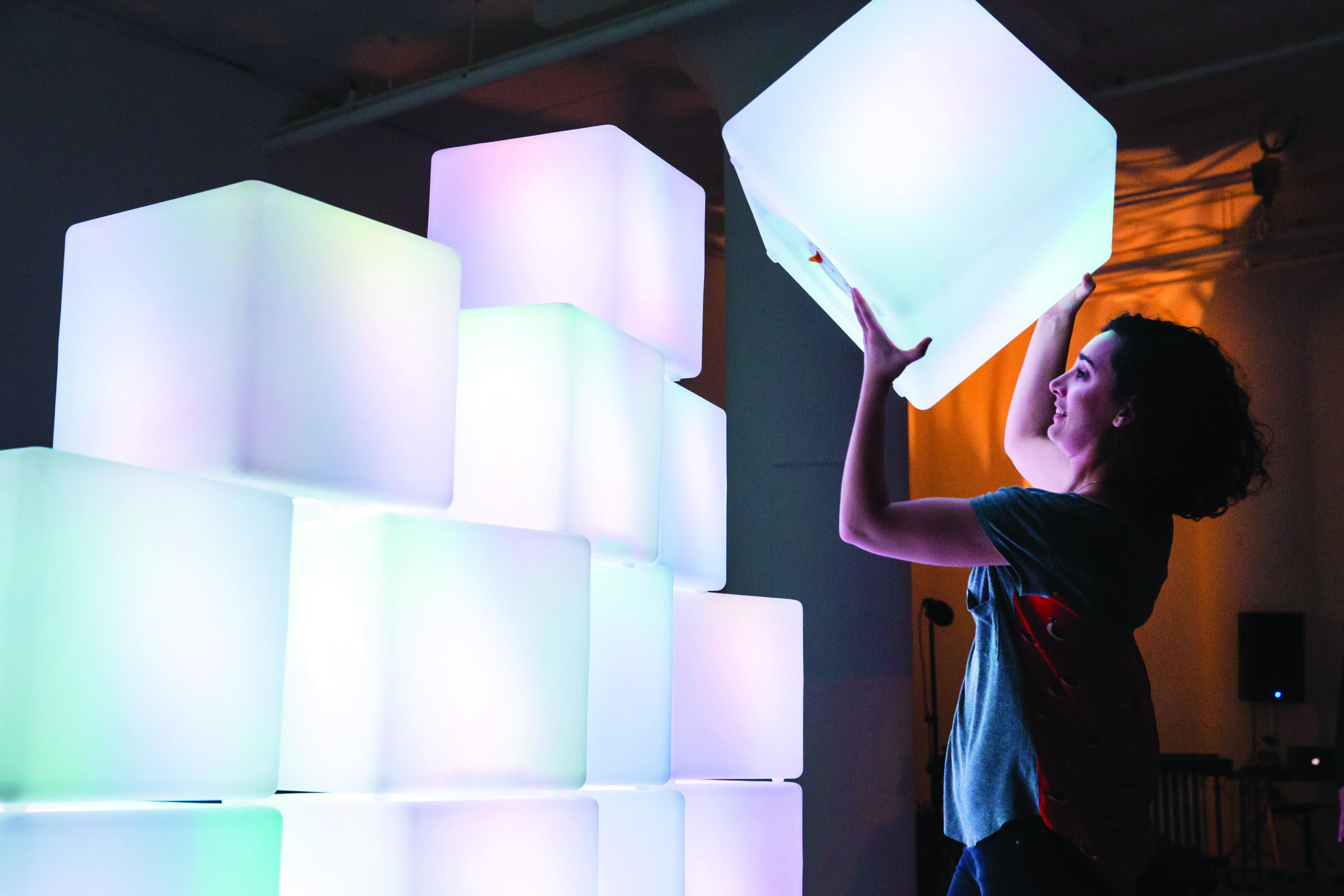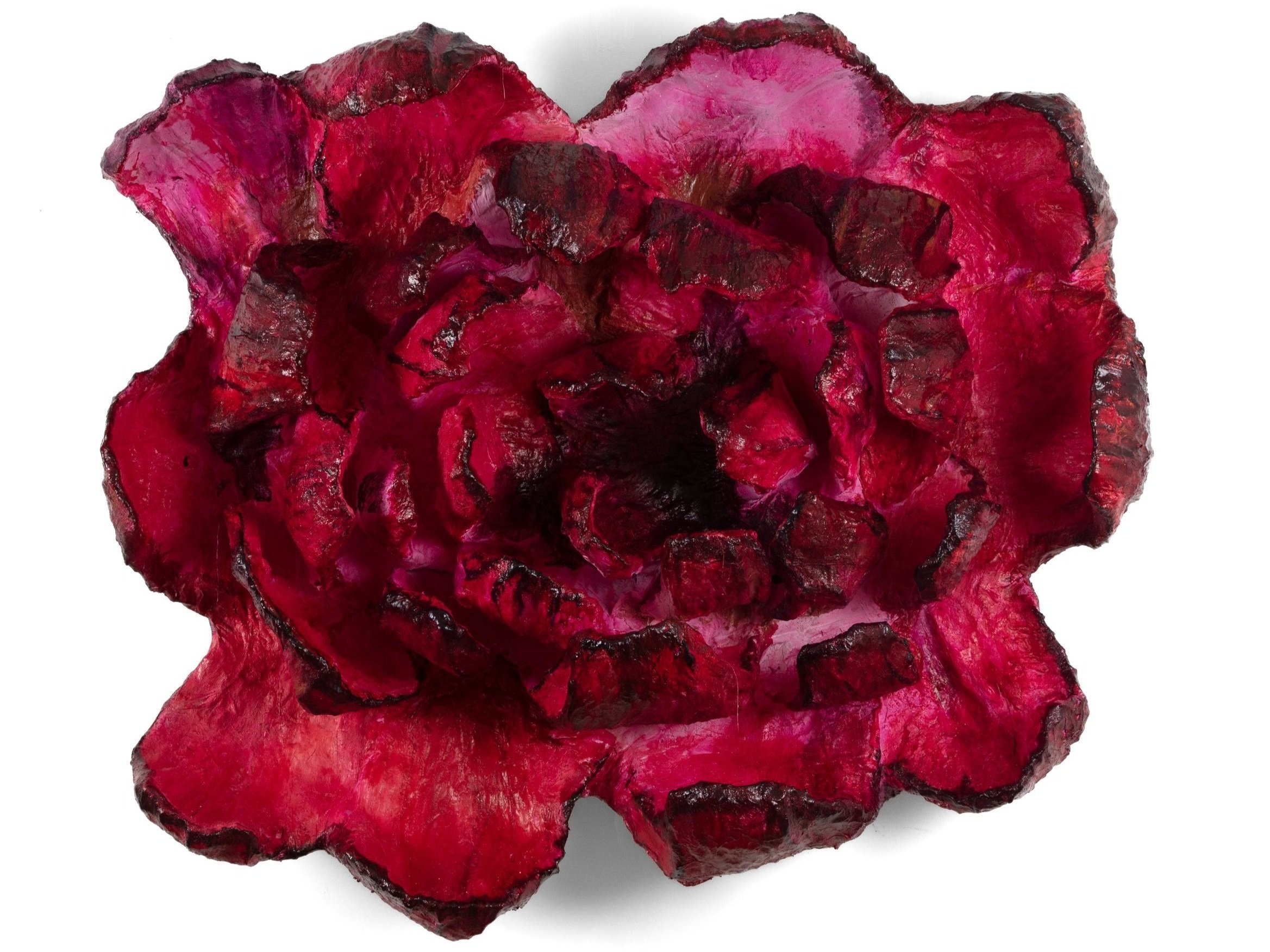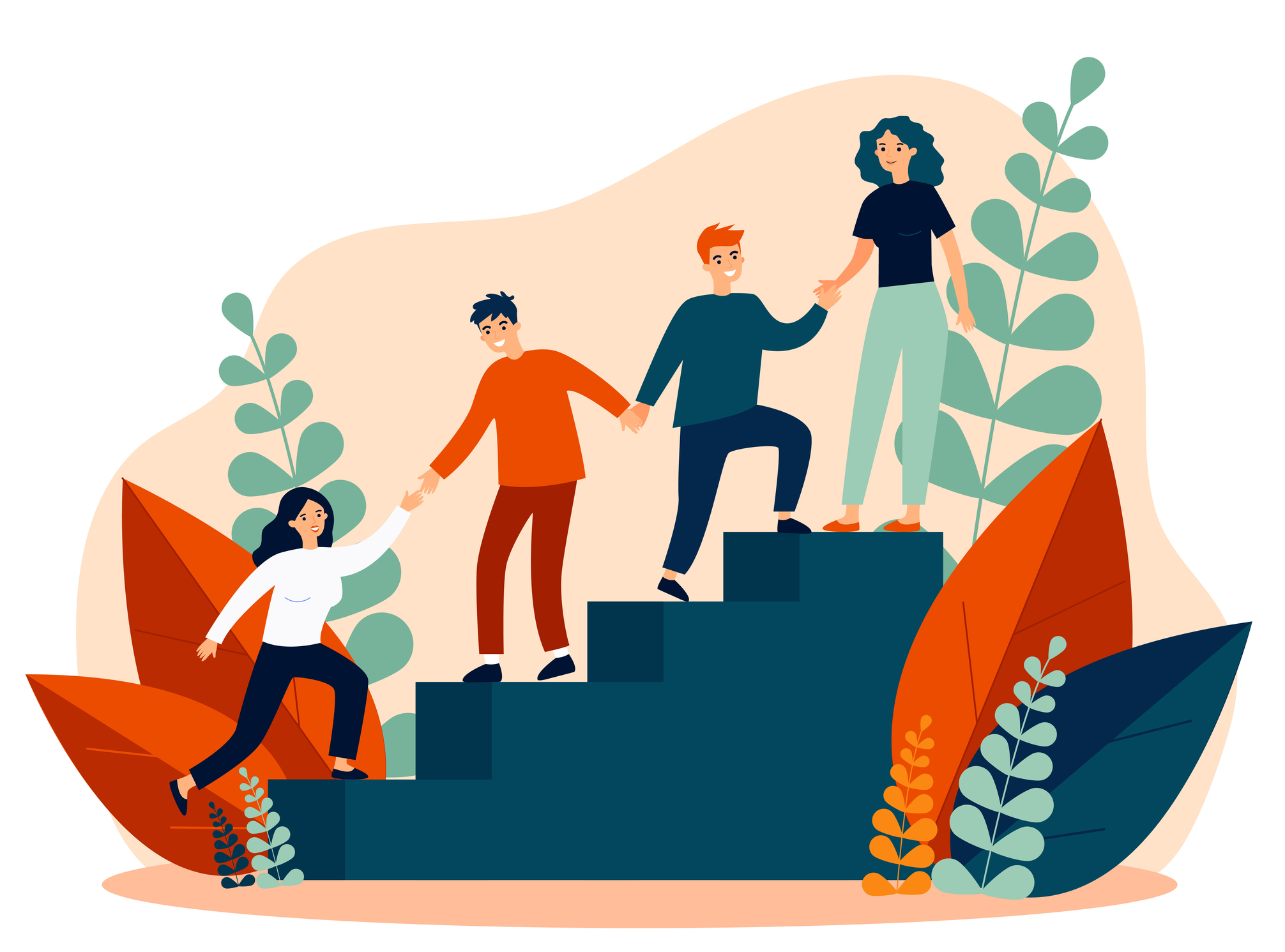Now in its 10th year, the Walter Feldman Fellowship for emerging artists supports the professional…

Ryan Edwards: The Connecting Power of Public, Interactive, and Multi-Sensory Art
For some, the case of COVID-19 has invited the joys of simple existence, by encouraging us to redefine, realign, and spend some time at home with a good book. In a lot of ways, it’s back to basics, like when we were children. Stacking the alphabet cubes to spell out a word feels a lot like our current pandemic: make what you know and watch it grow.
In a similar fashion, Ryan Edwards of Masary Studios has adapted to the new norm by shaping his multi-sensory artwork to fit the new world of online exhibition. Going on five years of creation, the studio explores site-specific installations by uniting the forces of sight, sound, touch, and experience-based artwork that fully immerses the viewer. Edwards is the co-founder and president of Masary, and builds his layered pieces off of a musical background and youthful years spent in West Africa. With a paramount piece such as Sound Sculptures in the books, there’s no doubt he is reshaping the way we approach art of today.
By pairing the spontaneity of interactive art with the dynamics of light and touch, Sound Sculpture premiered in April of 2017 to critical acclaim, going on to fascinate viewers across the country in various locations at least twice a month, if not more.
Four years and a pandemic later, we caught up with Edwards to talk building blocks, collaborative art, and AI theatre.
As a young artist, Edwards spent a lot of time carving out corners in music, specifically percussion, to make room for experimentation. Taking interest in the marriage of two mediums, he shed light on the grey areas between music, design, and all forms of site-specific art.
Sound Sculpture serves as a beacon of collaboration, and a unique case on how art is adapting in the midst of COVID-19. As more people find their creative voices online, Edwards and Masary Studios are cutting ahead of the curve.
“By definition, we’re public artists,” Edwards said. “This means we can present our work in various settings. We’re fortunate in that we’re site-specific as it allows us to be more flexible.”
This became apparent once the studio’s collaboration with Boston-based Urbanity Dance was put on hold for the company’s Spring show. Instead of the anticipated program, Masary helped the company to create a more guerilla-style performance titled ‘Refractive Choreographies’. By utilizing AI technology, the team was able to project authentic recordings of company dancers in their homes spinning out ghostly routines that were eventually thrown against Boston’s cityscape, specifically those buildings greatly affected by COVID-19.
“My friend and colleague, Jeremy Stewart, directs a research lab within our studio dedicated to technologies he might find interesting, or that we may want to use in future projects,” Edwards said. “A couple of months ago we launched a lab that supports his work…in the world that’s opening up in front of us, almost anything can be produced whether it’s human made or through AI, but it’s the intention that truly matters. If the intention is received, then the work has spoken for itself.”
The intentions for Masary remain bulletproof, even when public art is kept at a minimum.
“Sound Sculpture was shown only once this year, back in January in Las Vegas, and that was it,” Edwards said, “it’s been a big change. Some things have been deferred to 2021, but we have seen some work move to online platforms.”
The studio has been exploring their own streaming service, in addition to offering a unique, vagabond experience for the general public.
“We’re looking to build a step sequencer, which is a sound and visual media that would allow people to engage with public spaces based on collected sound samples. Putting all of this into a synthesizer interface would be simple for anyone to interact with––you could drag and drop sounds, pair different images, create intentional conversations between media.”
With this project in the works, the idea is that the public could design their own experience with found imagery and sound samples and go so far as to make an ongoing statement, or simply enjoy interacting with their city from the comforts of home.
“This kind of work is created for this very moment,” Edwards said. “It’s a good thing we’re site-specific, because that means everything’s a blank slate. We can approach every situation with questions like, ‘Where should the audience be?’ or, ‘Where does the art happen?’”
Rather than pushing their art to dance around current events, Edwards and the team prefer to present their quilted creations in hopes of serving movements like BLM in a positive light.
“Though my work is site-specific and topical, it’s rarely driven by current events,” Edwards said. “We were commissioned by the National Park Service and by ‘Art On the Trails To Freedom’ in 2017 to perform a piece titled ‘Harsh Is Truth’, focusing on free speech. As well, some of our work has been used in projections for the protests in Boston.”
As a unifying tool, art can cross borders and fill cups where before nothing stirred. In a super integrated world, collaboration comes at the calling of what’s needed and what’s desired, for the two typically share stages.
“I would love to see that happen a lot sooner, as we live in a society that’s so driven by expertise,” Edwards said. “People really get into their craft, but they like to stay in their lane…there’s a lot of distance.”
If given the magic marker, Edwards would design a world of hyper-inclusiveness, where many different trades work together to make something real and meaningful.
“When I think about the most fertile eras of art, it always seems like a musician, a poet, and a visual artist arguing about fashion, or something,” he said. “That’s a conversation I want to be a part of, rather than just myself and three fellow drummers.”
Edwards believes the real creation comes at the round table, where a structure of creation is supported by a collaborative foundation. The architecture of true art lives in its multilayered support system.
“I would love to find a way for collaborative art to become a creative practice in its own right.”
Today, Edwards and the Masary team hold court across Boston’s ever growing arts scene. Most recently, DATMA presented one half of a pre-COVID conception titled ‘Vessels’, currently on view in New Bedford. Originally slated as a two-part project, the outdoor video component stands strong for six weeks over the summer. The other half of the project has been deferred to next year, and involves a performance aspect.

![]()
“One of the things about our city is there’s less public, state support for the arts, but plenty of non-profit work creating more space that’s more accessible,” Edwards said. “It’s healthy, and getting stronger. I try to remain conscious that the work I create is non-confrontational, and I’ve been fortunate to have access to a studio with resources. Public art changes so much of the viewer’s expectations, simply because it’s not in a museum.”
As the pandemic shows its teeth, we can all take a moment to listen, to feel, to create, to build our own structures. Maybe it’s silly, but going back to the drawing board reminds us of why we’re here: to do the thing, whatever it is. With two young daughters of his own, Edwards continues to create in hopes of lighting the path for future innovators.
“If I had some kind of sorcery, I would get as many people together to work towards social justice in a creative capacity, to help me heal the greed and fear in the world,” Edwards said.
“Simply put, knowing who you are and what you’re doing can really help you down the road. It’s important to ask questions like, ‘Is my art a professional practice? Is it therapeutic? Is it social?’ Remaining true to that declaration can allow more room for growth. It’s a hard road to expose yourself creatively, and we live in a world that doesn’t always value art the way it should. It can be brutal.”


